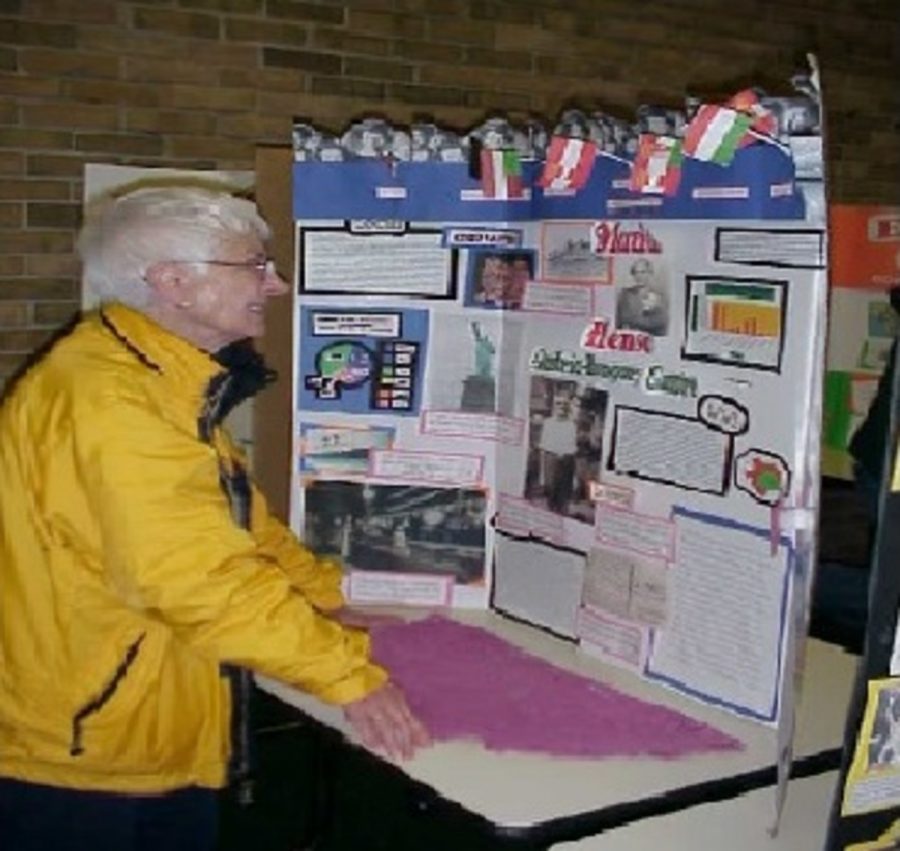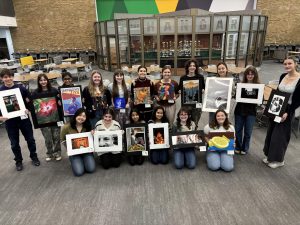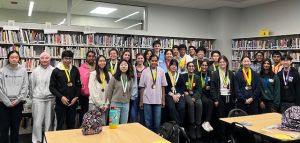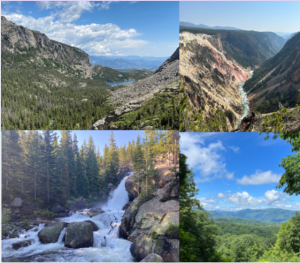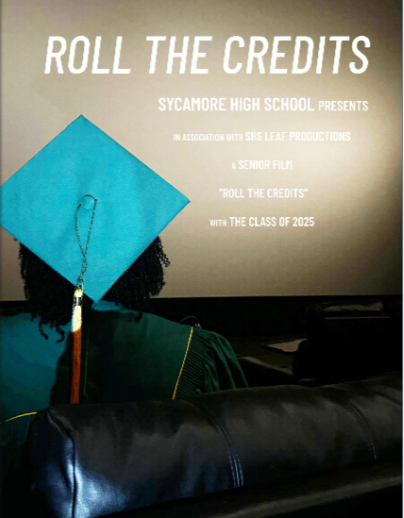Tracing back lines
Students’ final projects will be presented to family members and the community on Monday, Dec. 15, from 7 p.m. to 8 p.m. They may receive extra credit for bringing in food or dressing in native attire. This is a great time for others to learn more about other countries and cultures.
December 1, 2014
When learning new things in class, teachers try to “spice up” the material with different activities. One way this is being done is with a family history project, for those in all Accelerated World History classes.
Worth 200 points, the project is split into different parts to prevent it from seeming overwhelming. The first part is the research. This includes completing a family tree as far out as possible, while remaining in reasonable limits.
Next comes spotlighting a relative. Students are required to choose and find information on an ancestor from their grandparents’ generation or earlier. They must also research the political, economic, and social history of one of their family’s native countries.
The research for this section should include interviews with relatives. In the end, there are 11 pages of notes and four sources needed. Included in these notes must be when the family immigrated to the United States and why.
“I recommend that you use as many primary sources as possible in your research,” teacher Mr. Andrew Ovington said.
“If your parents’ sides of the family are from different countries and your parents are demonic, you can do two countries, one for each side. It’s just twice the work and twice the madness.”
There are already many ideas for the project that students have. They are given until Dec. 5 to complete a neat, colorful, and well-organized exhibit.
“My brother did this project a few years back, so that’s why I am thinking about researching Polish immigration with a spotlight on World War II,” freshman Adam Meller said.
“The goal of this project is to study immigration to the U.S. revolving around the students’ family histories. Each person will be creating a mini-museum exhibit that reflects their research on their family history and country of origin,” Ovington said.
The final product will be a tri-fold board with all the necessary information that will be displayed at the school’s Open House on Dec. 15.


